Via: Peta Pixel
Via: Peta Pixel
Via: aphotoeditor
Via: Peta Pixel
Via: Peta Pixel
Via: aphotoeditor
As an artist using photography, he set out to re-invent the photographic document. His photos, often blurred or out of focus, his high-contrast prints (his negatives were often severely over-exposed), his use of high-grain film and wide angles shocked the established order of the photography world and he earned a reputation as an anti-photographer’s photographer.
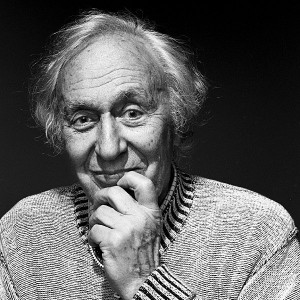 From 1955 to 1965 William Klein worked for Vogue. He preferred to photograph his models out in the street or on location. he was not particularly interested in clothes or fashion, and used this opportunity to reasearch the picture making process by introducing new techniques to fashion photography, including the use of wide-angle and long-focus lenses, long exposures combined with flash and multiple exposures -making fashion an area of innovation in photography.
From 1955 to 1965 William Klein worked for Vogue. He preferred to photograph his models out in the street or on location. he was not particularly interested in clothes or fashion, and used this opportunity to reasearch the picture making process by introducing new techniques to fashion photography, including the use of wide-angle and long-focus lenses, long exposures combined with flash and multiple exposures -making fashion an area of innovation in photography.
From 1965 to the early 80s, he abandoned photography and primarily concentrated on film, making various documentaries: ‘broadway by light’ (1958), ‘who are you polly maggoo?’ (1966) ‘mr. freedom’, ‘muhammad ali the greatest’, ‘the little richard story’ (1979), ‘the messiah'(1999).
Klein returned to still photography in the 1980s due to a renewed interest in his early work.his photographs of this period are characterized by his use of close-ups and wide angle lenses.
During the 90s he continued to create mixed media works using painting and photography. He received the hasselblad prize and various retrospectives of his films were organized in new york and japan. he was awarded the agfa-bayer/hugo erfurt prize and created in & out of fashion, a mixed media project including drawings, photographs and film, which was published simultaneously with shows in London, Paris and New York. In 1997 he rephotographed new york and had shows in barcellona and paris. In 1999 he was awarded the ‘medal of the century’ by the royal photographic society’ in London.
(http://www.designboom.com/portrait/klein_bio.html)
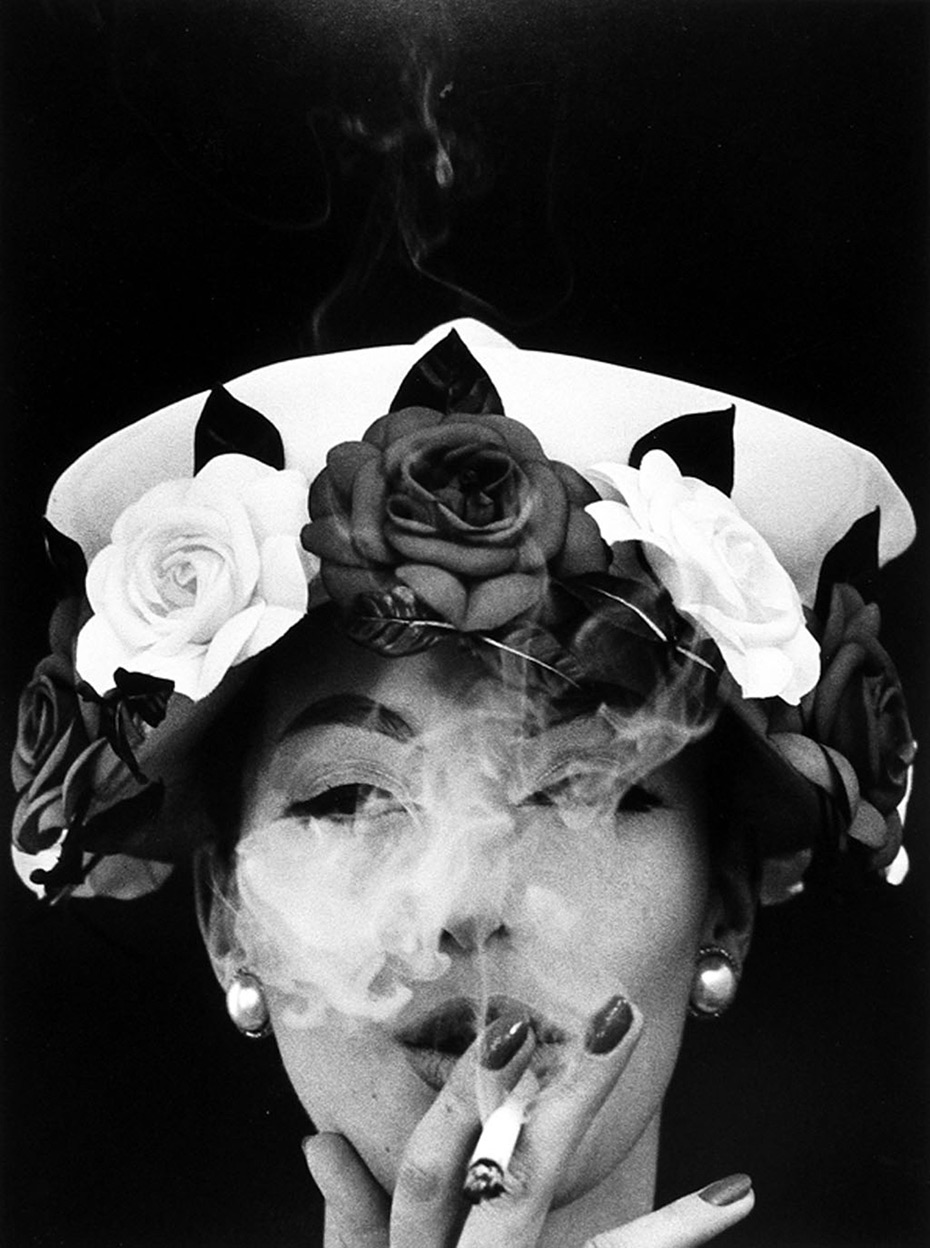
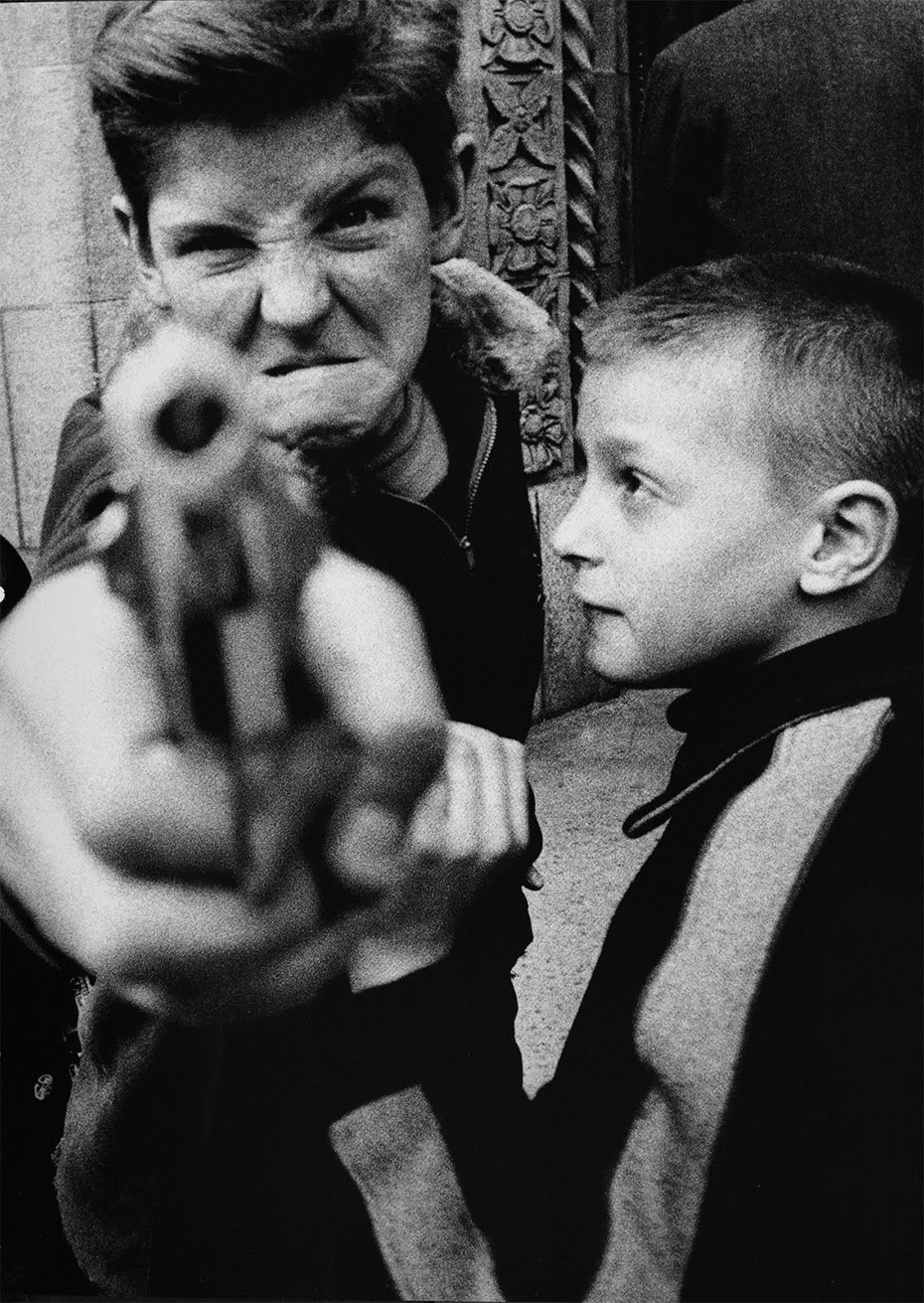
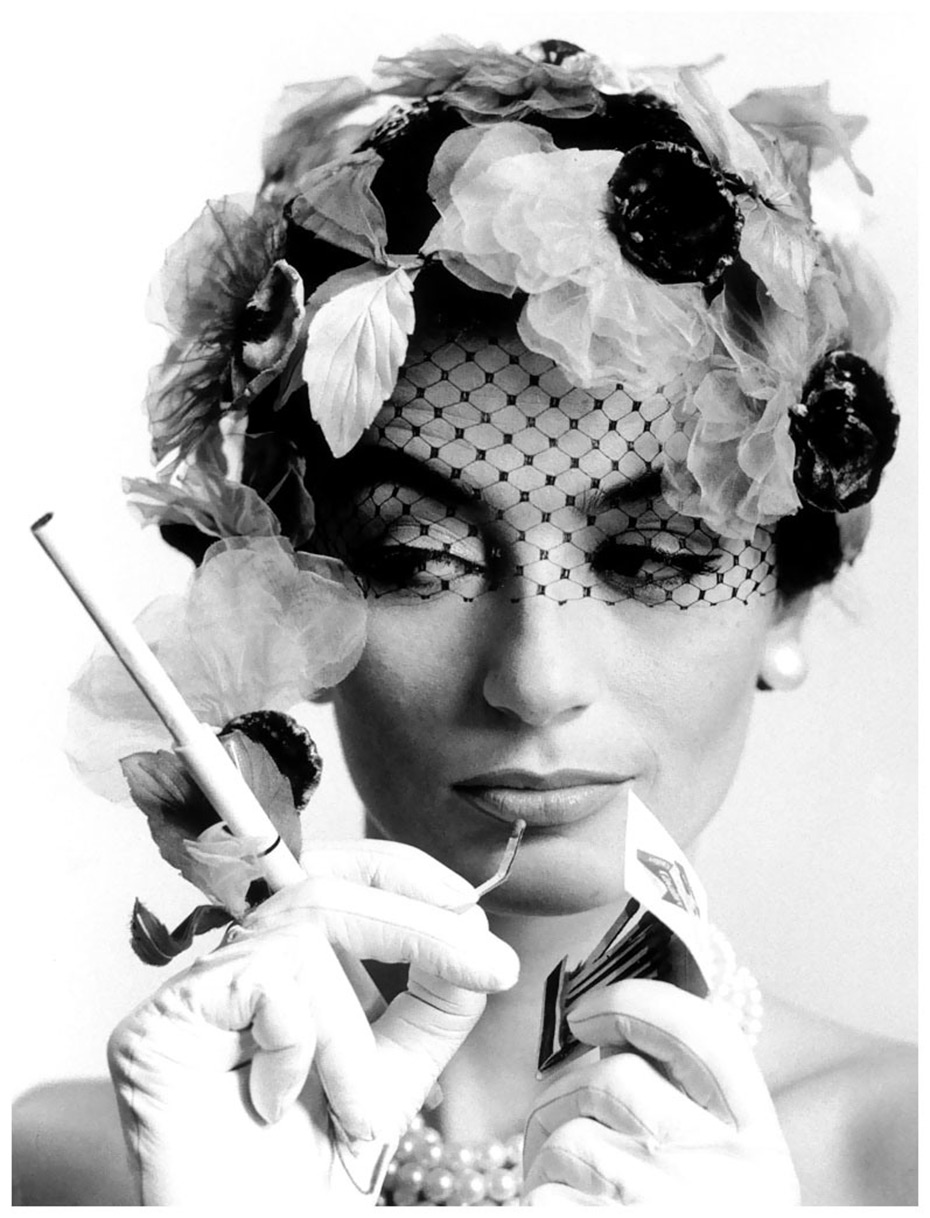

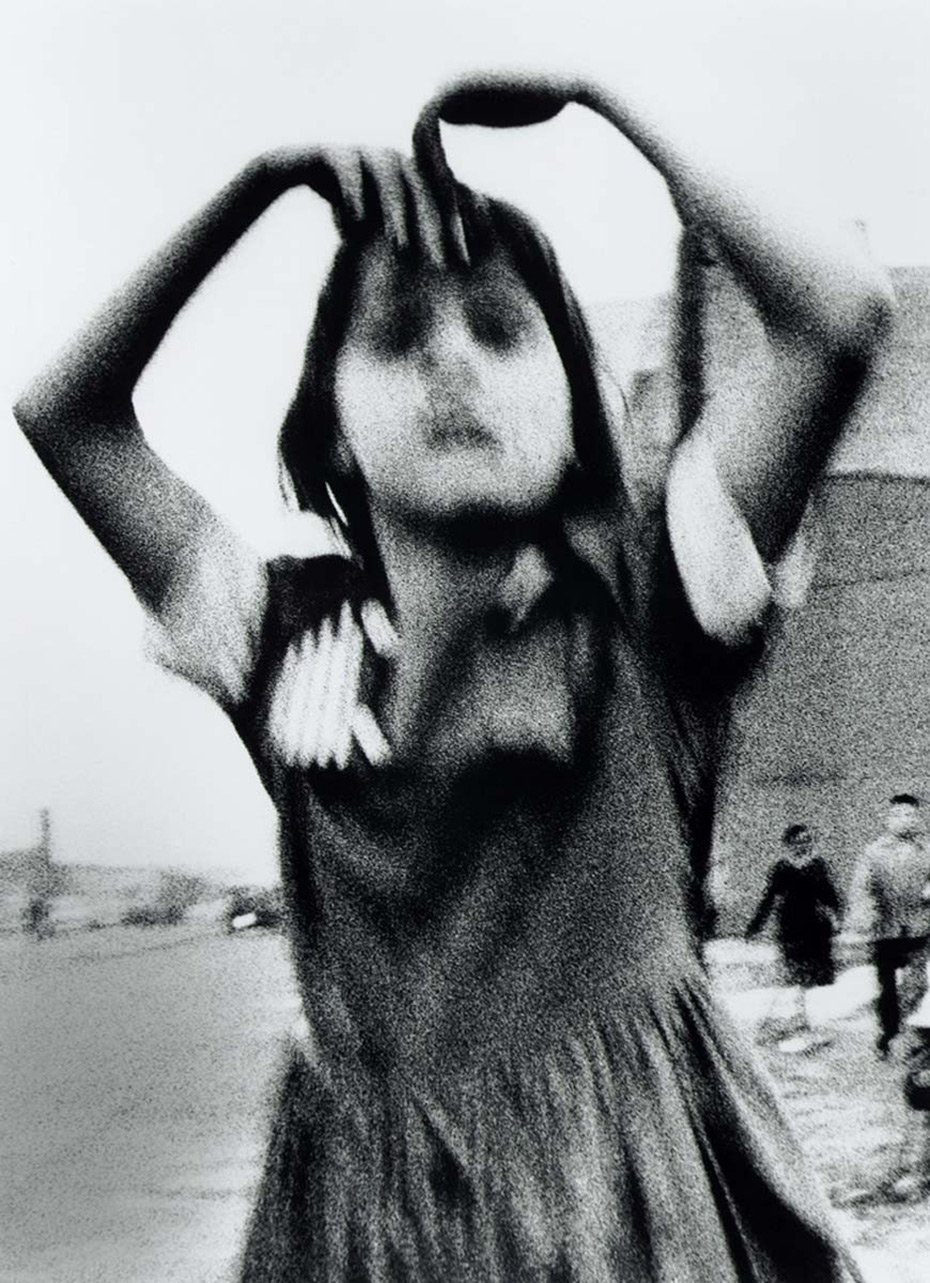

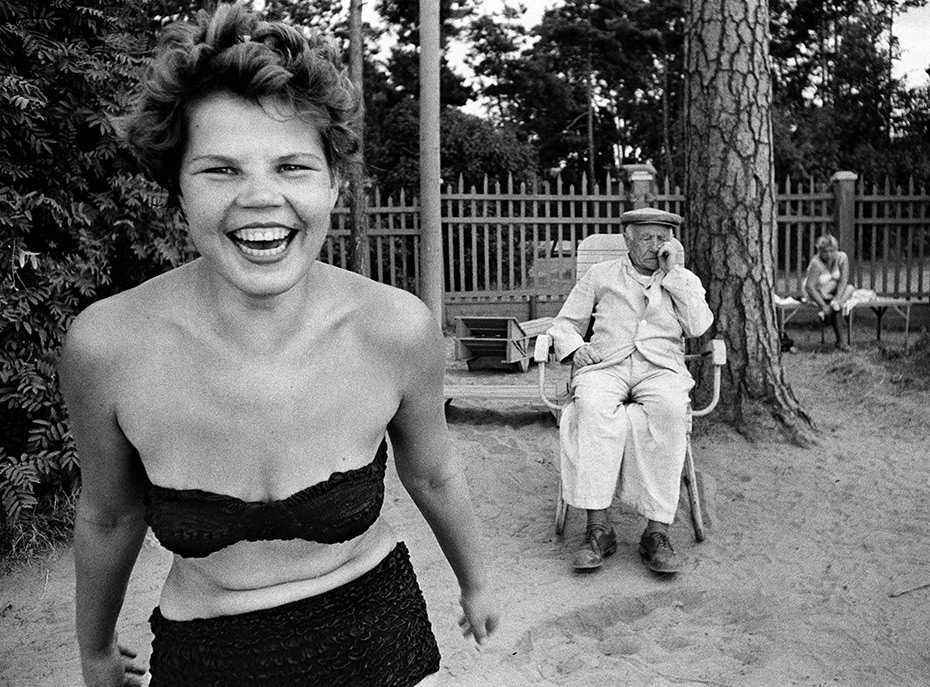
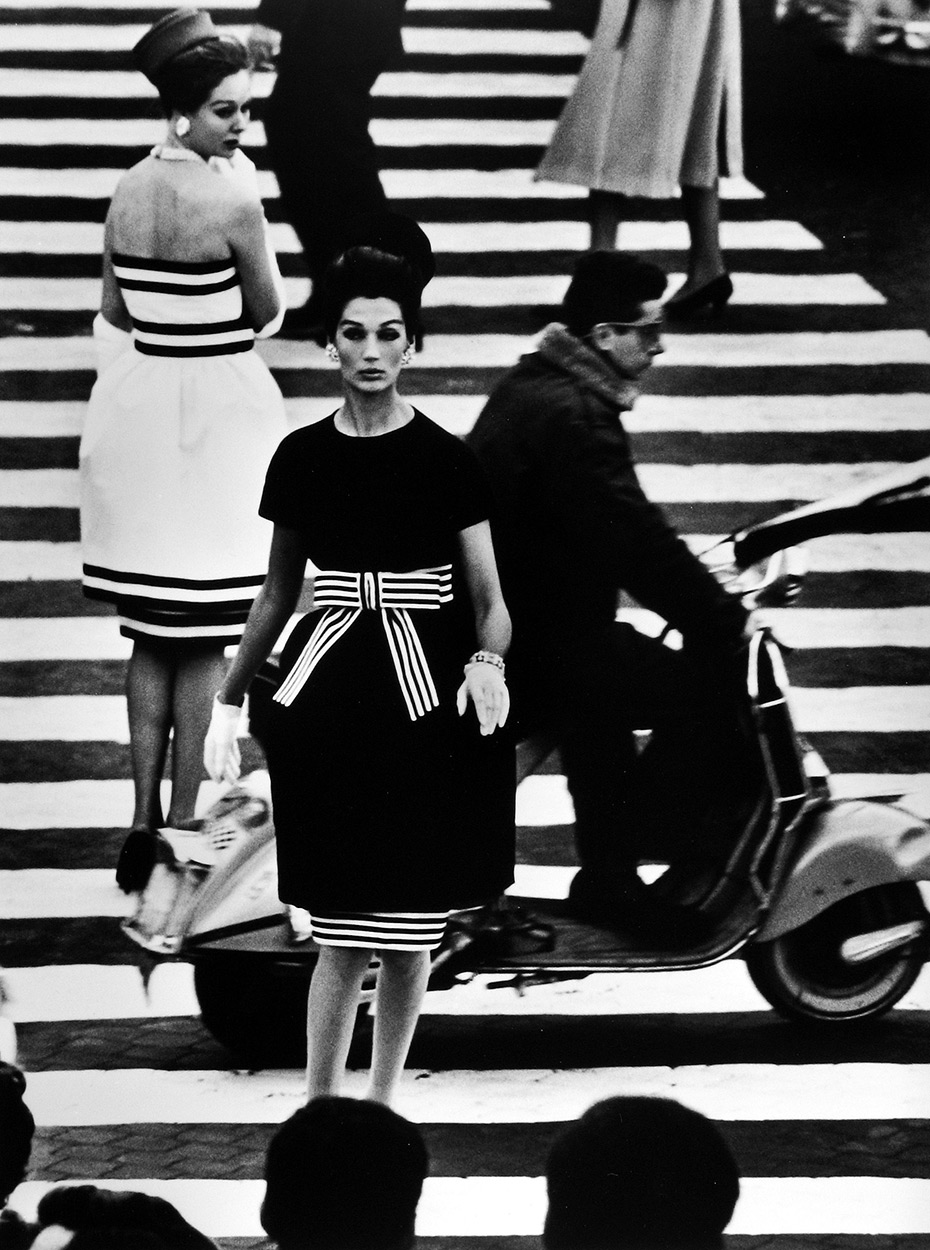


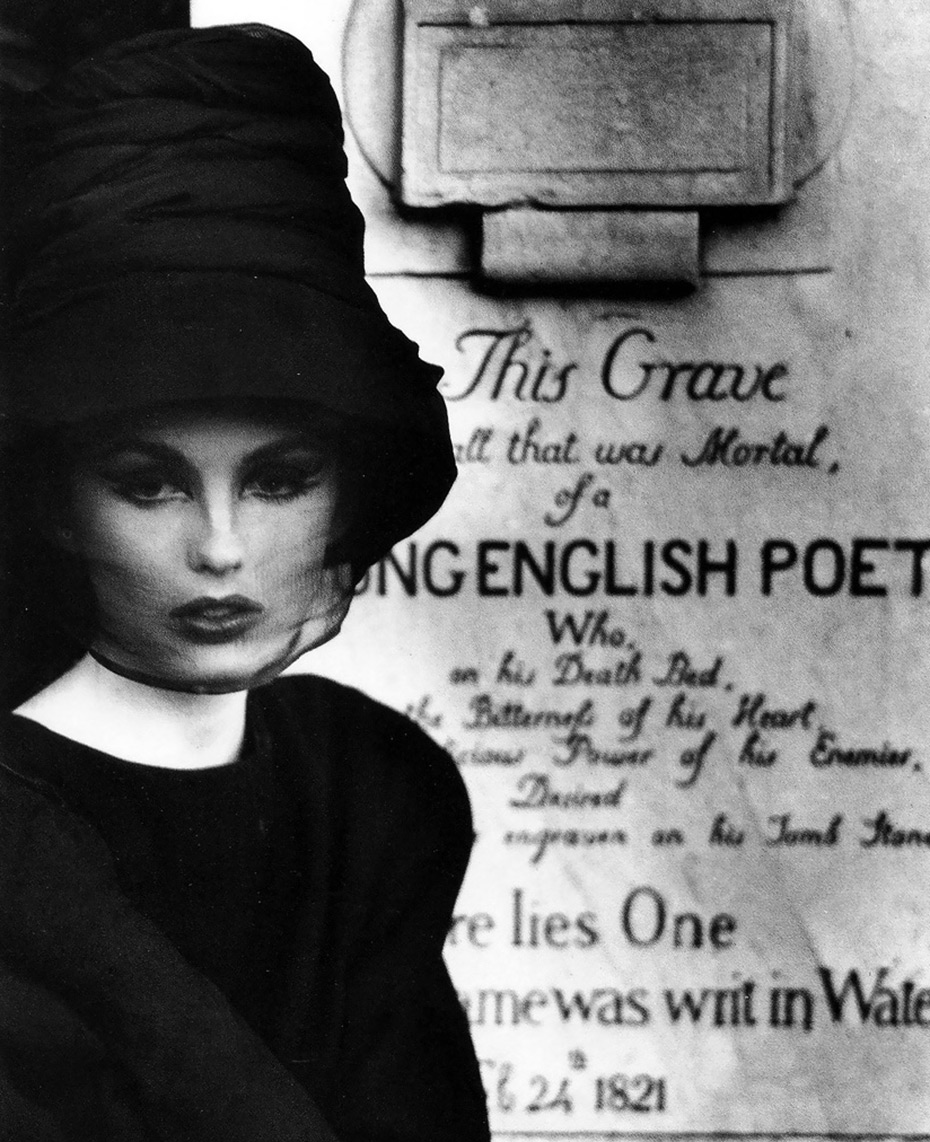

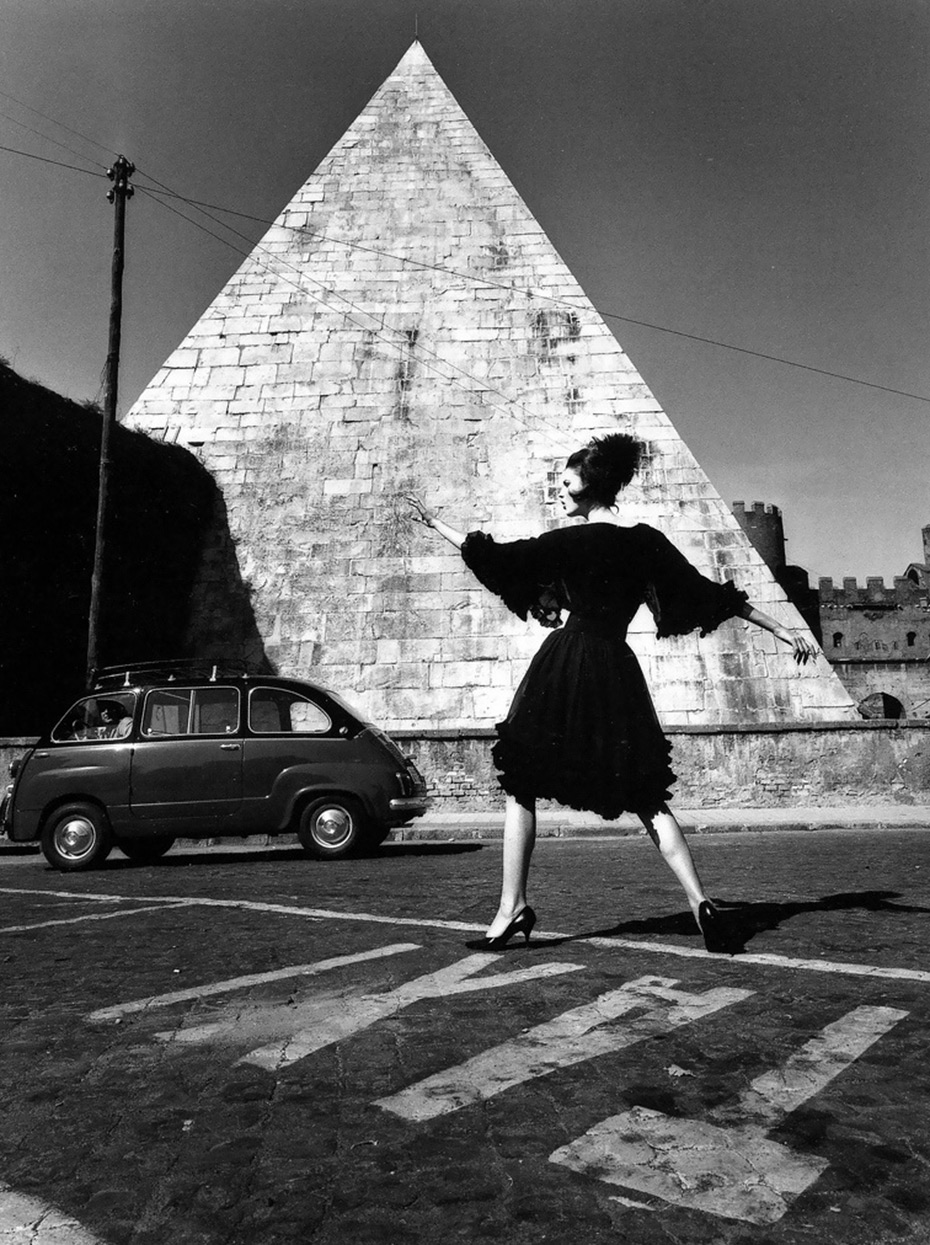
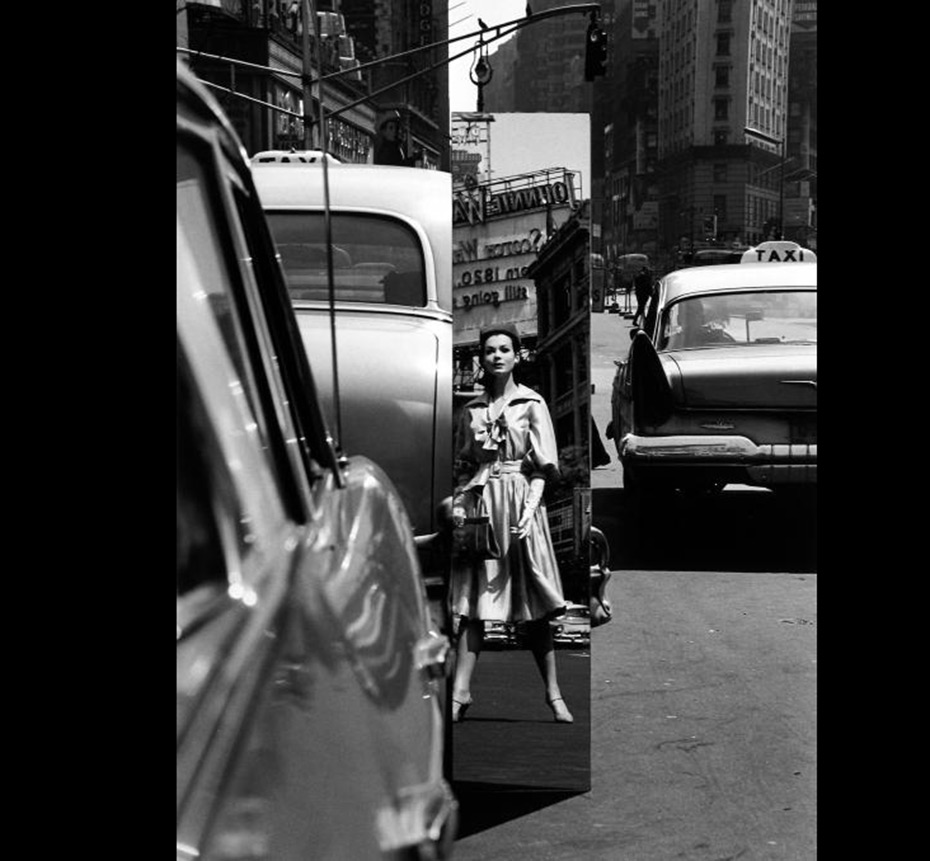
I am not sure if it’s my prairie roots or the use of still photographs, but this ad touched me for sure.
Born in Paris on 26th July of 1928 to Russian-Jewish parents, Erwitt spent his childhood in Milan, then emigrated to the US, via France, with his family in 1939. As a teenager living in Hollywood, he developed an interest in photography and worked in a commercial darkroom before experimenting with photography at Los Angeles City College. In 1948 he moved to New York and exchanged janitorial work for film classes at the New School for Social Research.
Erwitt traveled in France and Italy in 1949 with his trusty Rolleiflex camera. In 1951 he was drafted for military service and undertook various photographic duties while serving in a unit of the Army Signal Corps in Germany and France.
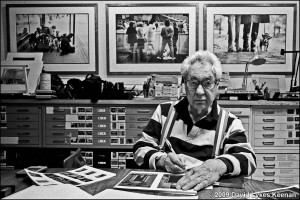 While in New York, Erwitt met Edward Steichen, Robert Capa and Roy Stryker, the former head of the Farm Security Administration. Stryker initially hired Erwitt to work for the Standard Oil Company, where he was building up a photographic library for the company, and subsequently commissioned him to undertake a project documenting the city of Pittsburgh.
While in New York, Erwitt met Edward Steichen, Robert Capa and Roy Stryker, the former head of the Farm Security Administration. Stryker initially hired Erwitt to work for the Standard Oil Company, where he was building up a photographic library for the company, and subsequently commissioned him to undertake a project documenting the city of Pittsburgh.
Good photography is just about seeing. You either see, or you don’t see. The rest is academic. Photography is simply a function of noticing things. Nothing more
In 1953 Erwitt joined Magnum Photos and worked as a freelance photographer for Collier’s, Look, Life, Holiday and other luminaries in that golden period for illustrated magazines. To this day he is for hire and continues to work for a variety of journalistic and commercial outfits.
In the late 1960s Erwitt served as Magnum’s president for three years. He then turned to film: in the 1970s he produced several noted documentaries and in the 1980s eighteen comedy films for Home Box Office. Erwitt became known for benevolent irony, for his black and white candid shots of ironic and absurd situations within everyday settings – the master of the ‘indecisive moment’ and for a humanistic sensibility traditional to the spirit of Magnum.
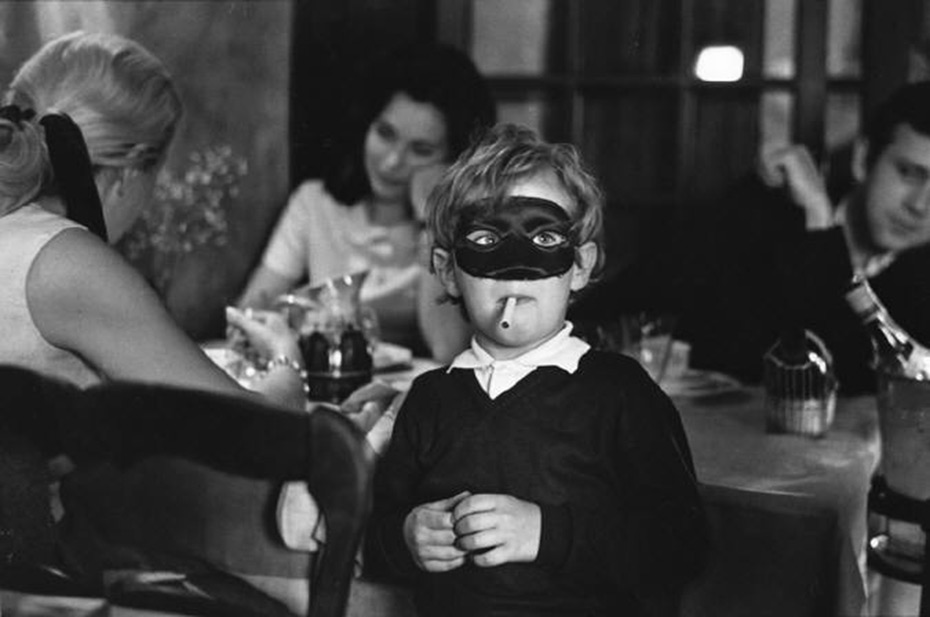
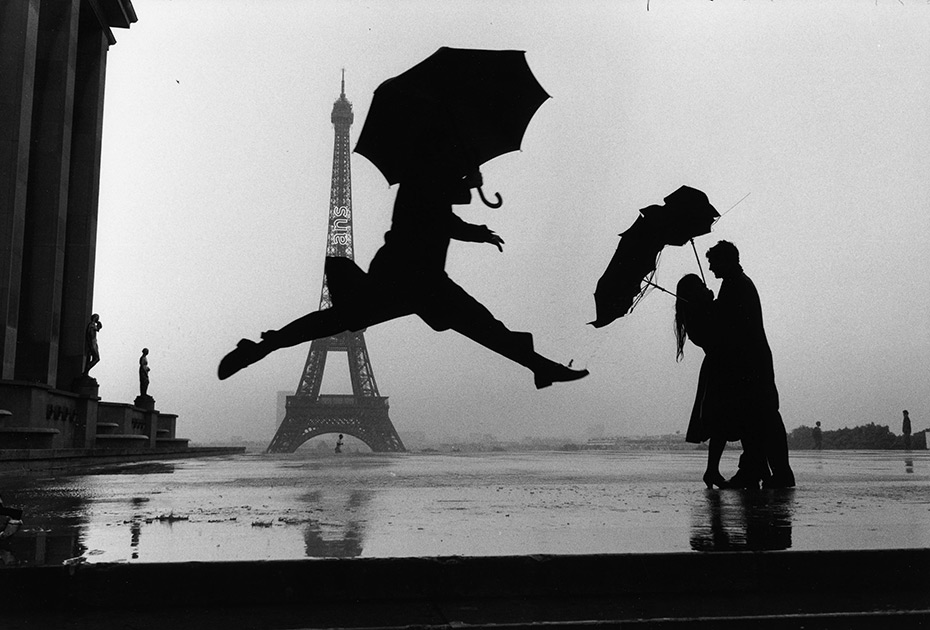

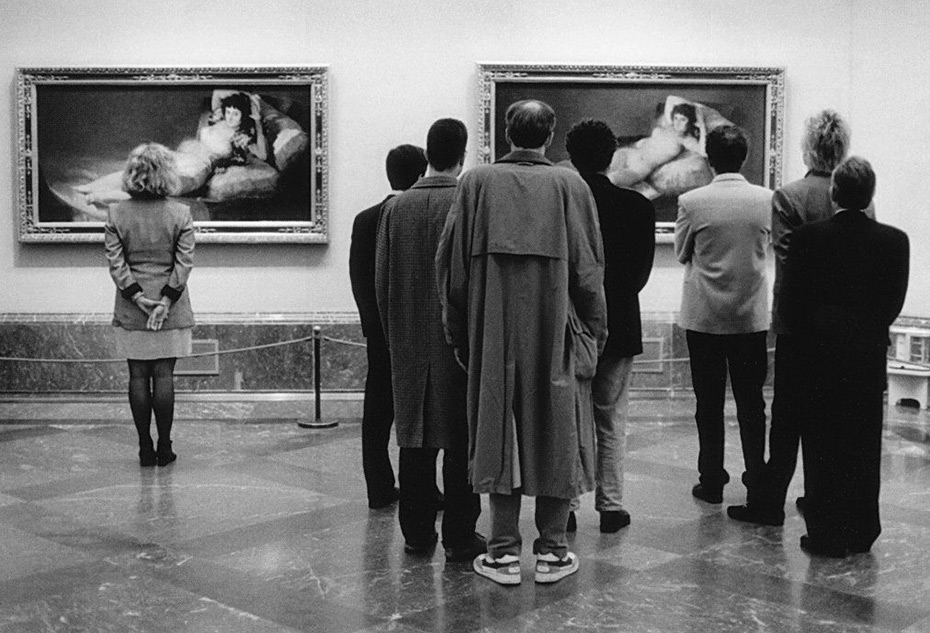
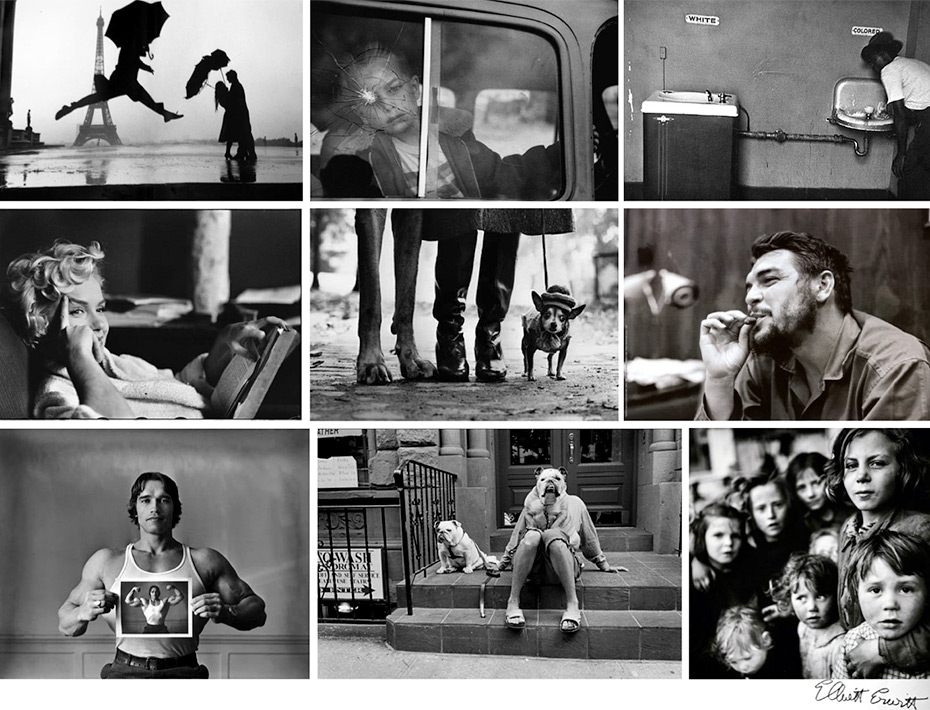


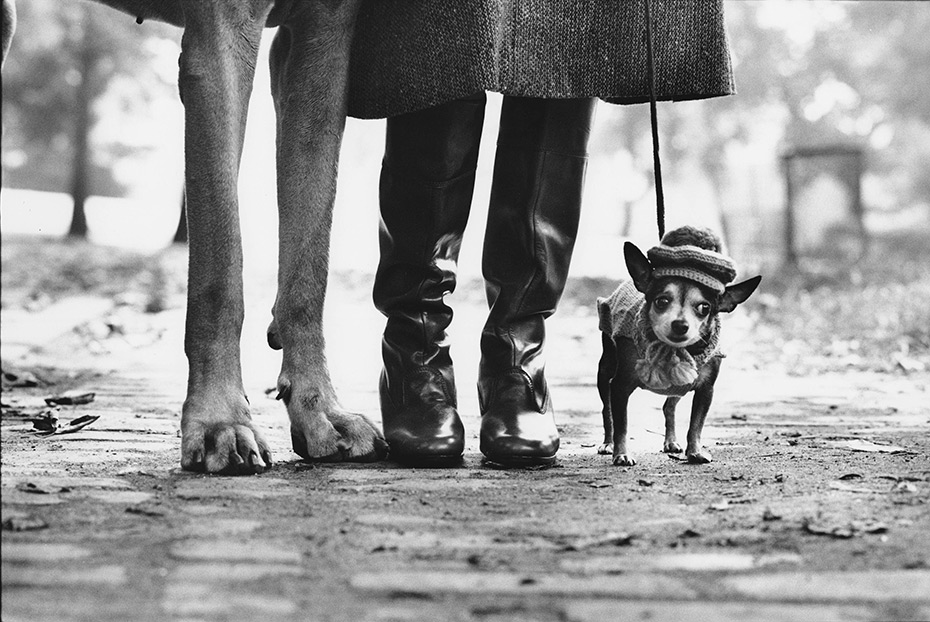


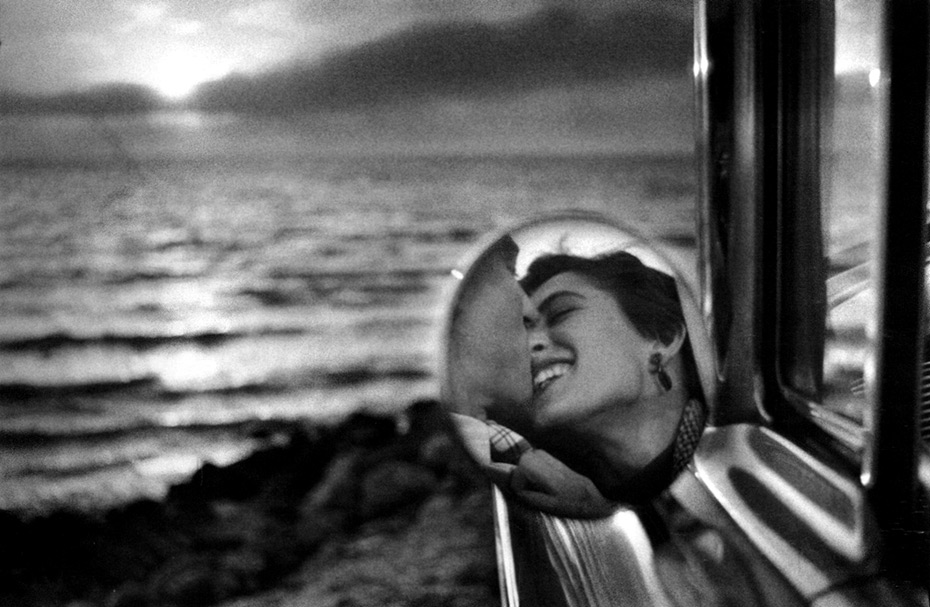
Via: Peta Pixel
Born in Hoboken, New Jersey, in 1864, and schooled as an engineer in Germany, Alfred Stieglitz returned to New York in 1890 determined to prove that photography was a medium as capable of artistic expression as painting or sculpture. As the editor of Camera Notes, the journal of the Camera Club of New York—an association of amateur photography enthusiasts—Stieglitz espoused his belief in the aesthetic potential of the medium and published work by photographers who shared his conviction. When the rank-and-file membership of the Camera Club began to agitate against his restrictive editorial policies, Stieglitz and several like-minded photographers broke away from the group in 1902 to form the Photo-Secession, which advocated an emphasis on the craftsmanship involved in photography. Most members of the group made extensive use of elaborate, labor-intensive techniques that underscored the role of the photographer’s hand in making photographic prints, but Stieglitz favored a slightly different approach in his own work. Although he took great care in producing his prints, often making platinum prints—a process renowned for yielding images with a rich, subtly varied tonal scale—he achieved the desired affiliation with painting through compositional choices and the use of natural elements like rain, snow, and steam to unify the components of a scene into a visually pleasing pictorial whole.
Alfred Stieglitz returned to New York in 1890 determined to prove that photography was a medium as capable of artistic expression as painting or sculpture.
Elizabeth Taylor was one of old hollywood’s biggest stars. She appeared on the cover of LIFE magazine’s cover a record 14 times, starting when she was just 15 years old, and over the following decades many of LIFE’s finest photographers — Paul Schutzer, Peter Stackpole, Allan Grant and George Silk among them — captured the quintessential movie star in love, at work and basking (with consummate grace) in the kind of international fame, comprised of equal parts respect and adulation, that most entertainers today can only dream about.
During a career that spanned six decades, the legendary beauty with lavender eyes won two Oscars and made more than 50 films, performing alongside such fabled leading men as Spencer Tracy, Montgomery Clift, Marlon Brando and Richard Burton, whom she married twice. She took her cues from a Who’s Who of directors, including George Cukor, Joseph L. Mankiewicz, George Stevens, Vincente Minnelli and Mike Nichols.
Long after she faded from the screen, she remained a mesmerizing figure, blessed and cursed by the extraordinary celebrity that molded her life through its many phases: She was a child star who bloomed gracefully into an ingenue; a femme fatale on the screen and in life; a canny peddler of high-priced perfume; a pioneering activist in the fight against AIDS.
The problem with people who have no vices is that generally you can be pretty sure they’re going to have some pretty annoying virtues.
Elizabeth Taylor
Some actresses, such as Katharine Hepburn and Ingrid Bergman, won more awards and critical plaudits, but none matched Taylor’s hold on the collective imagination. In the public’s mind, she was the dark goddess for whom playing Cleopatra as she did with such notoriety, required no great leap from reality.
Here is a celebration of an extraordinary women.
RICHARD AVEDON Richard Avedon (1923–2004) was born to parents of Russian Jewish heritage in New York City. As a boy, he learned photography, joining the YMHA Camera Club at the age of twelve; later, he took up poetry, winning a citywide award for high school students during his senior year at DeWitt Clinton in the Bronx.
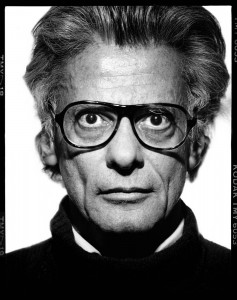 Avedon joined the armed forces in 1942 during World War II, serving as Photographer’s Mate Second Class in the Merchant Marine. Making identification portraits of the crewmen with his Rolleiflex twin lens camera—a gift from his father—Avedon advanced his technical knowledge of the medium and began to develop a dynamic style. After two years of service he left the Merchant Marine to work as a photographer, making fashion images and studying with art director Alexey Brodovitch at the Design Laboratory of the New School for Social Research.
Avedon joined the armed forces in 1942 during World War II, serving as Photographer’s Mate Second Class in the Merchant Marine. Making identification portraits of the crewmen with his Rolleiflex twin lens camera—a gift from his father—Avedon advanced his technical knowledge of the medium and began to develop a dynamic style. After two years of service he left the Merchant Marine to work as a photographer, making fashion images and studying with art director Alexey Brodovitch at the Design Laboratory of the New School for Social Research.
In 1945, Avedon set up his own studio and worked as a freelance photographer for various magazines. He quickly became the preeminent photographer used by Harper’s Bazaar. There, under the tutelage of Brodovitch, his rise to the top of the profession was meteoric. Avedon developed an original approach to making fashion photographs. He showed the models full of expression: smiling, laughing, and often posed in action. Inspired by Hungarian photojournalist and fashion photographer Martin Munkácsi, Avedon photographed models and fashions on the streets, in nightclubs and circus arenas, and in other locations then uncommon.
From the beginning, Avedon made portraits for editorial publication as well: in the pages of Harper’s Bazaar, in Theater Arts, and in Life and Look magazines. From the outset, he was fascinated by photography’s capacity for suggesting the personality and evoking the life of his subjects. Only rarely did he idealize people; instead, he presented the face as a kind of landscape, with total clarity. He registered poses, attitudes, hairstyles, clothing and accessories as vital, even revelatory elements of the personal image. “My photographs don’t go below the surface. I have great faith in surfaces. A good one is full of clues.”
“All photographs are accurate. None of them is the truth.”
–Richard Avedon
Via: Peta Pixel
A quick look behind the scenes.